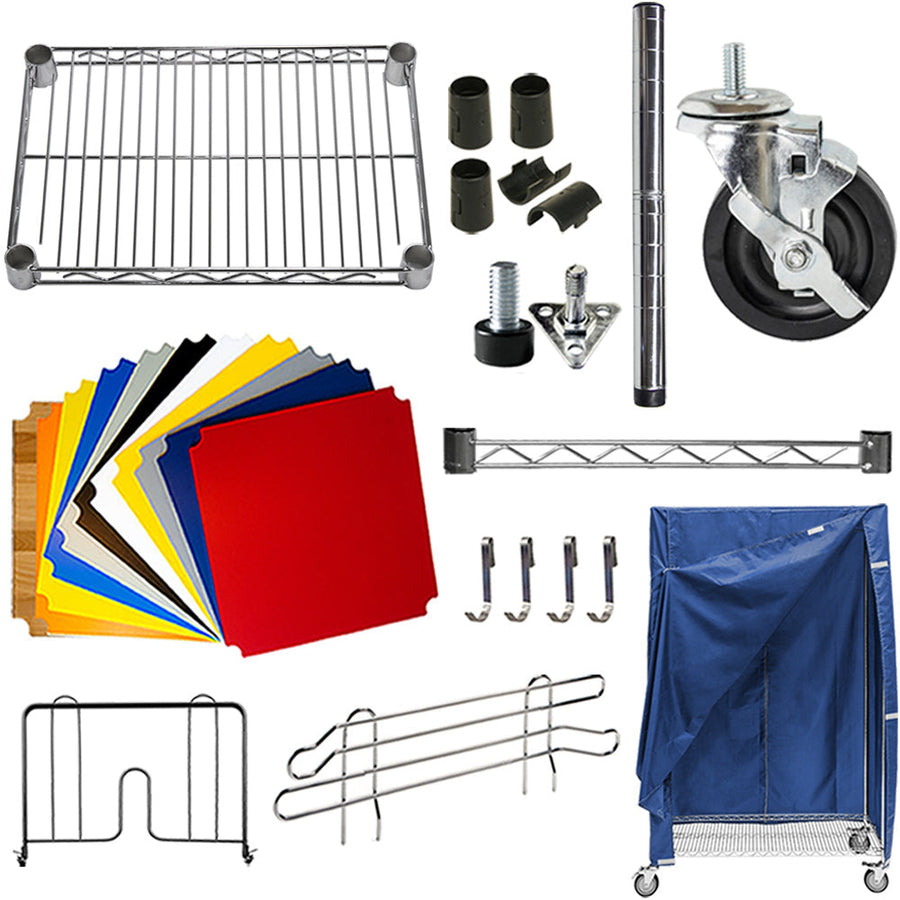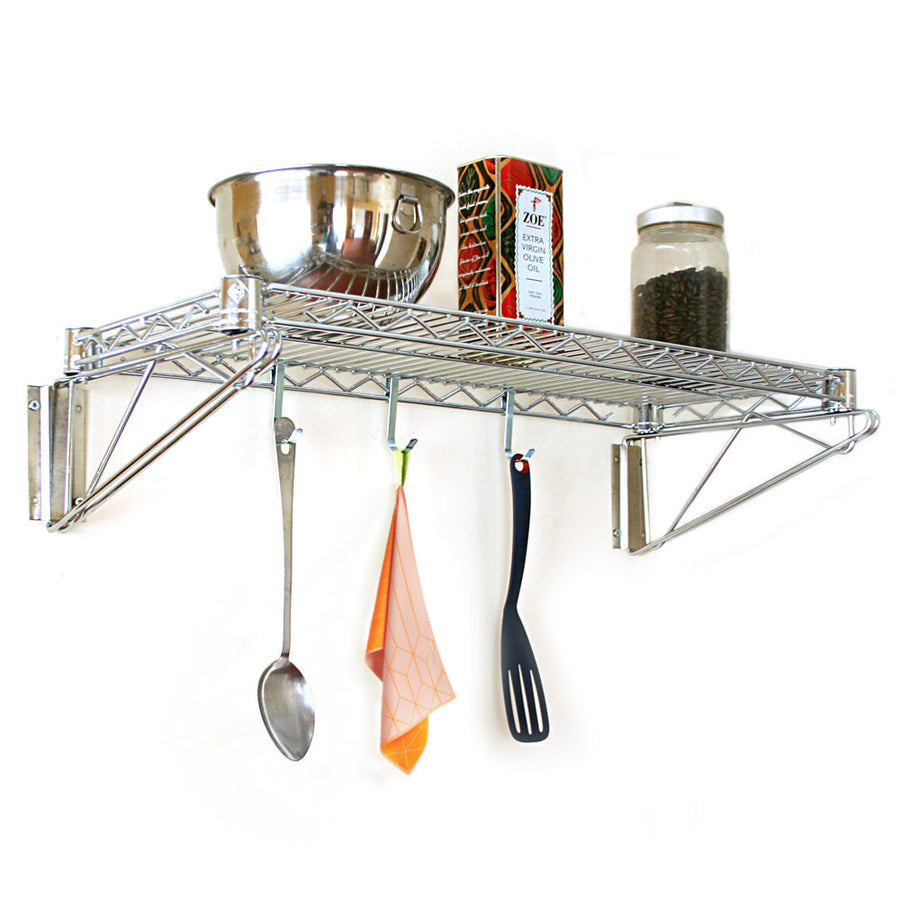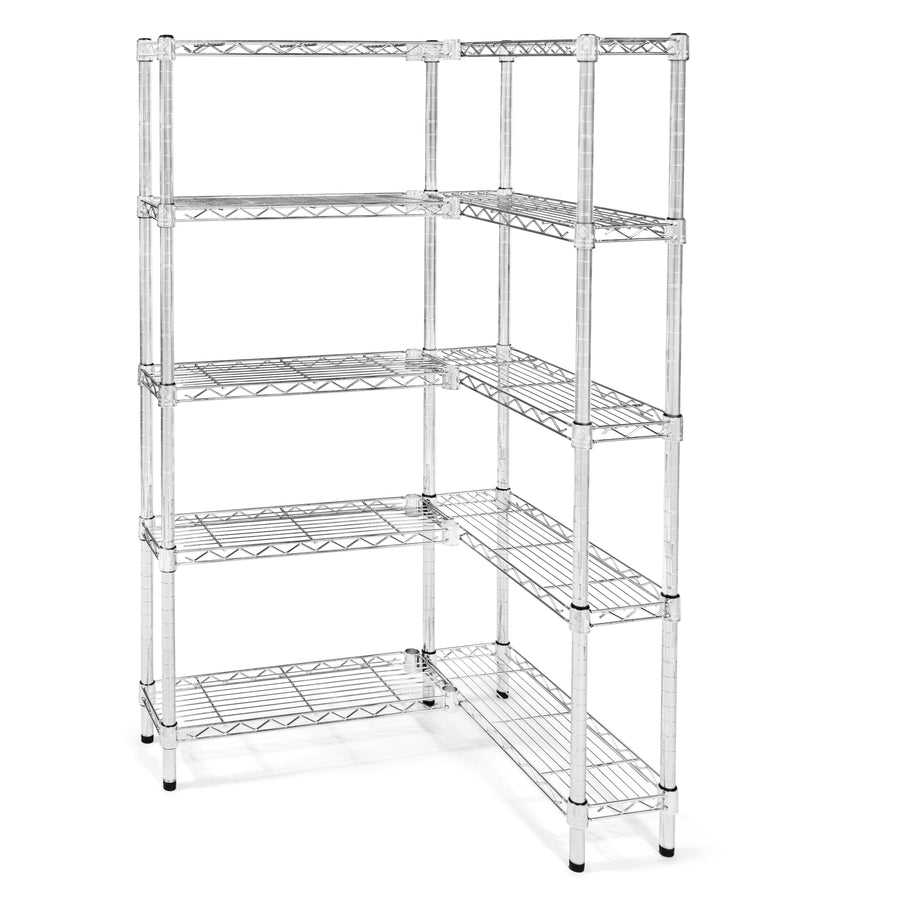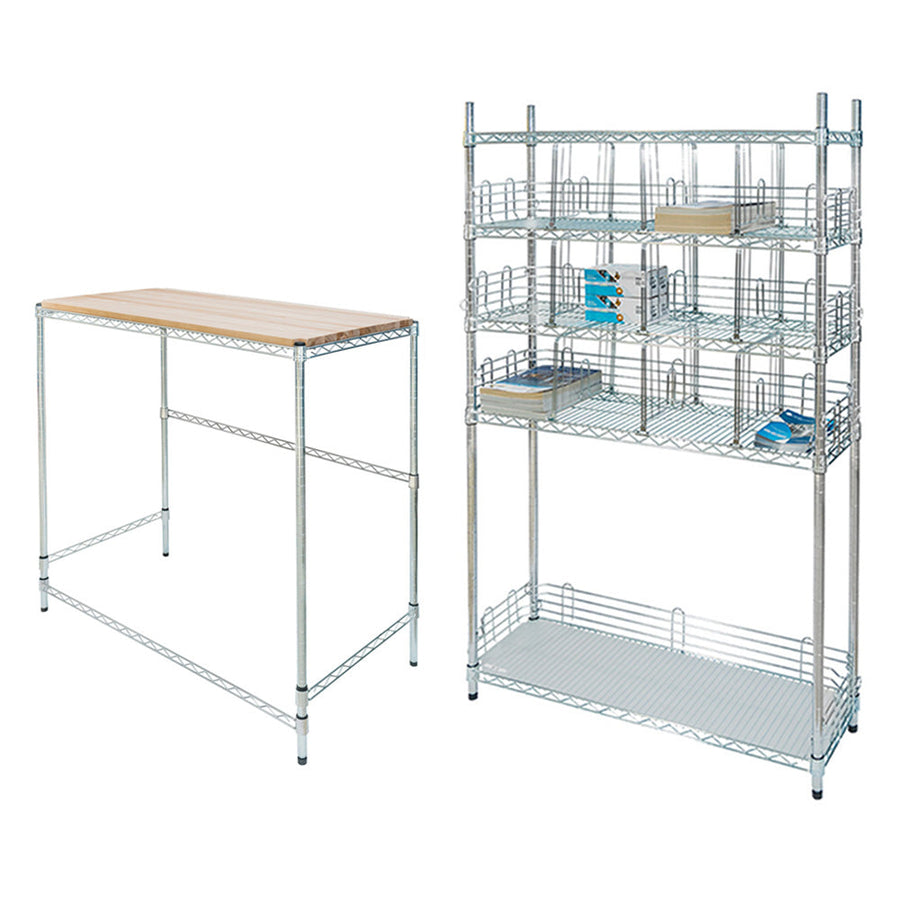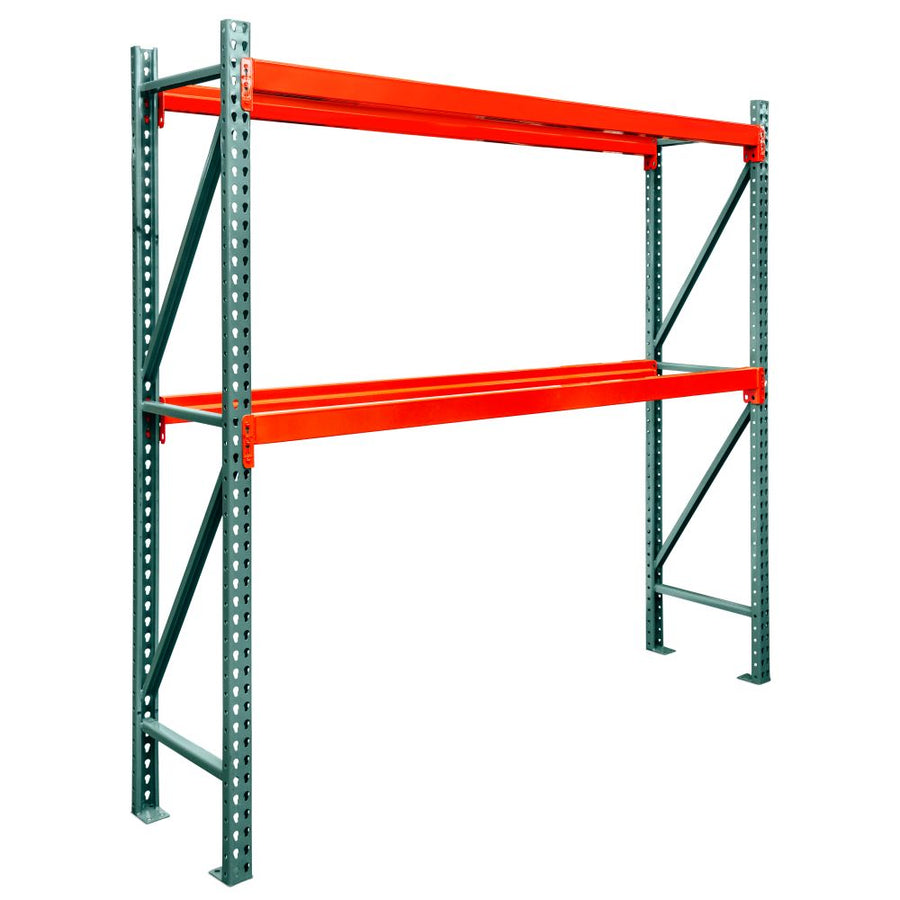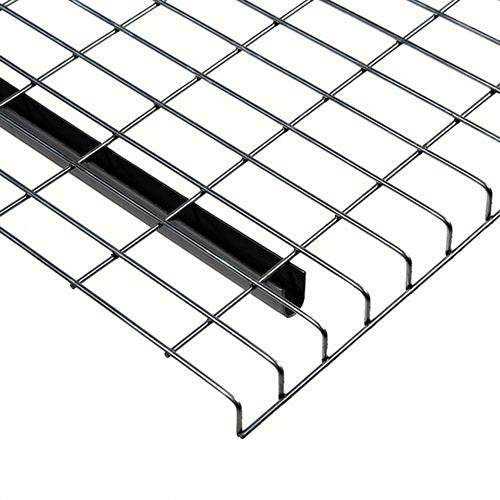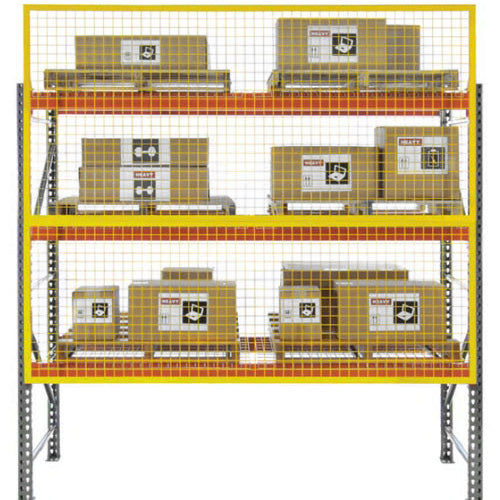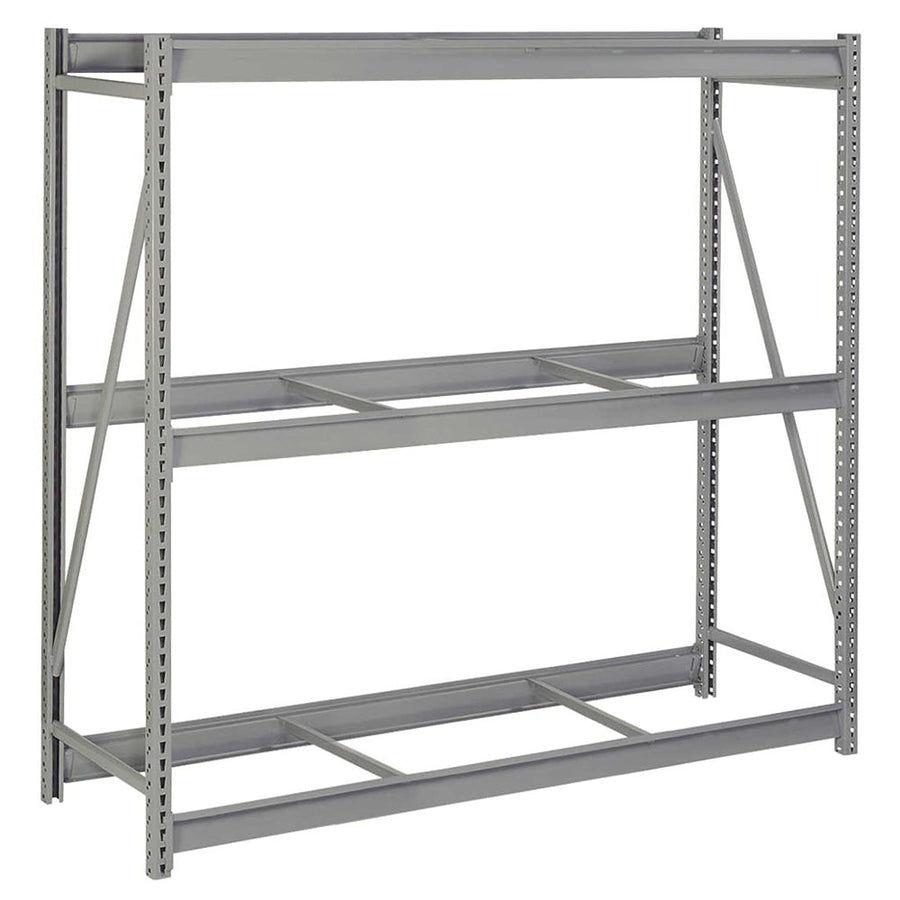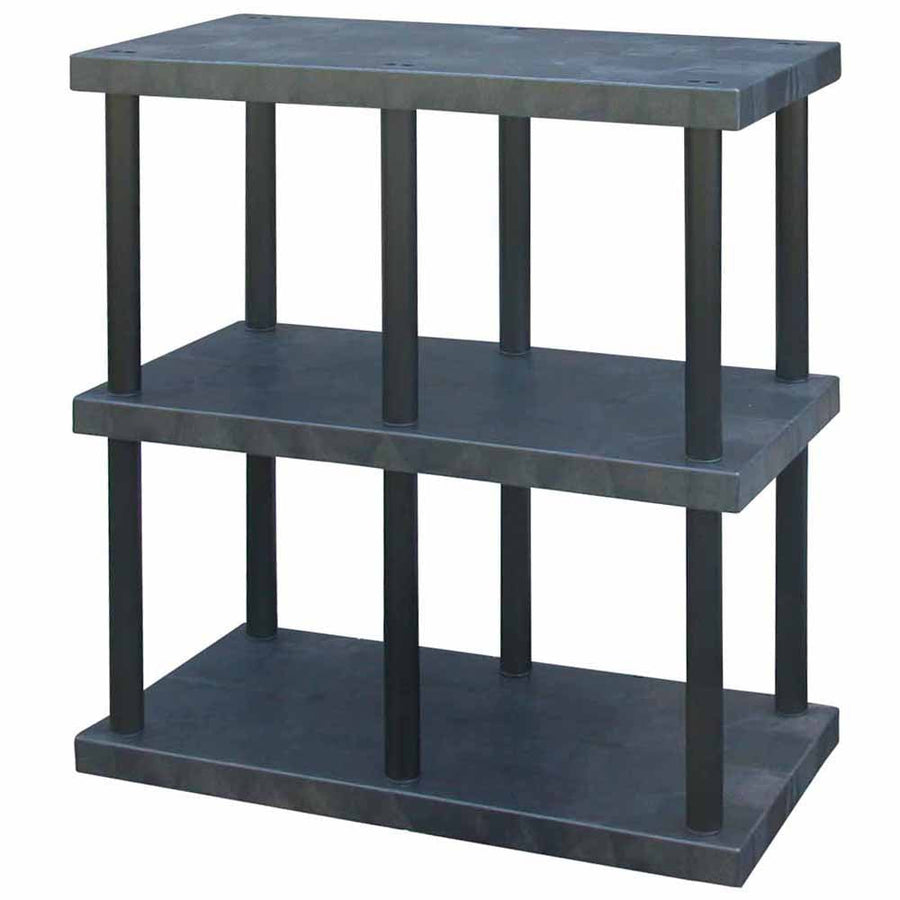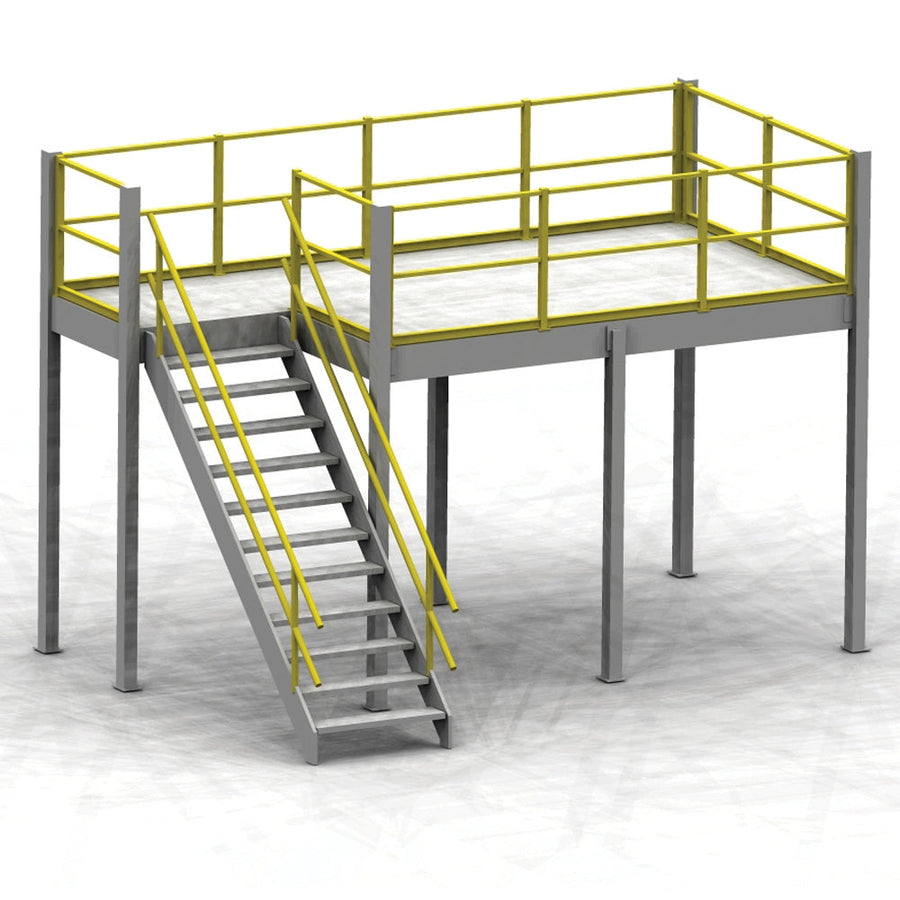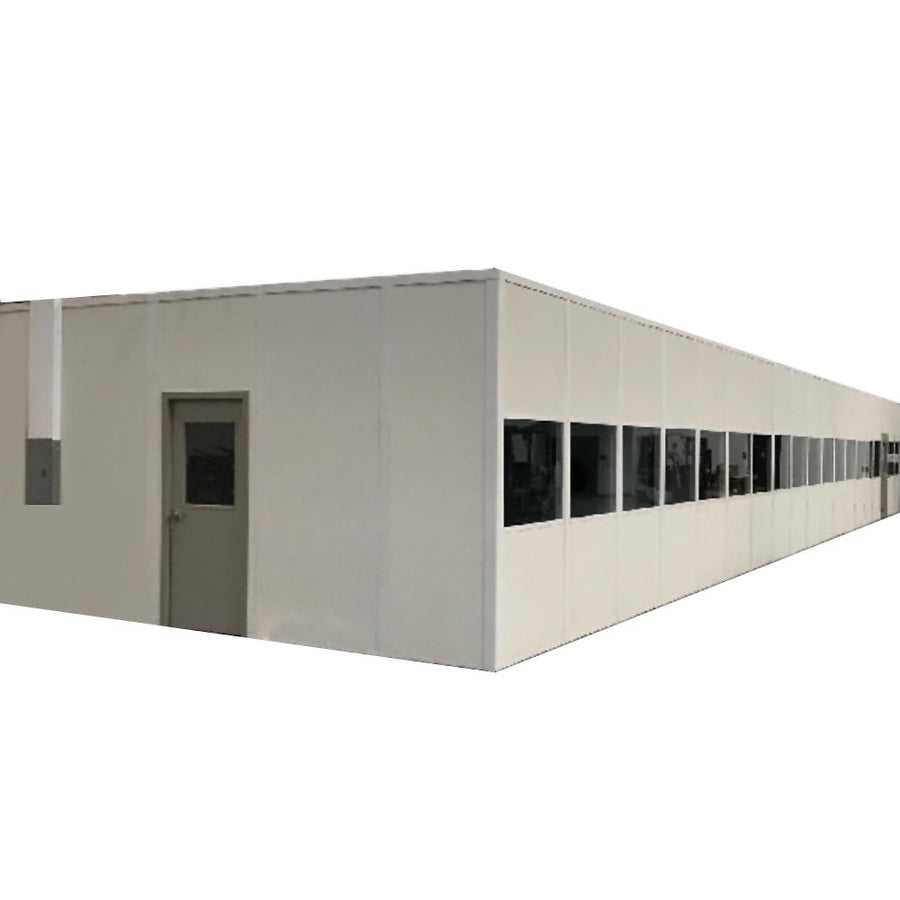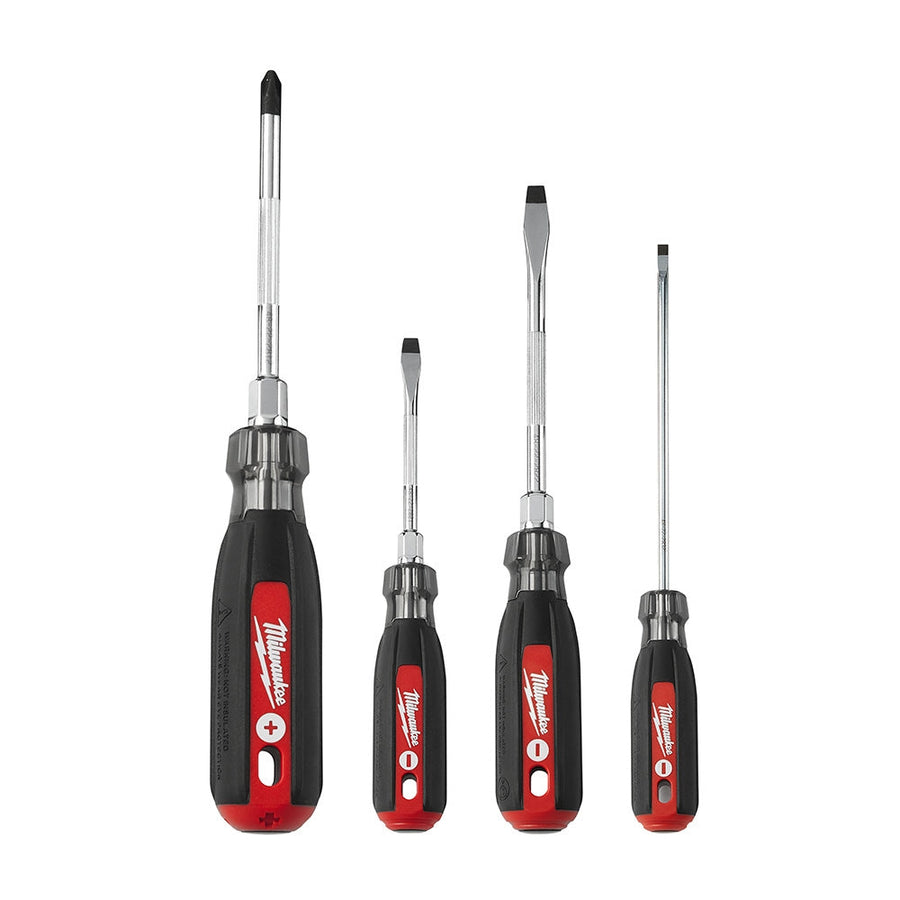Maximizing warehouse storage efficiency is crucial for reducing costs and boosting profitability. Implementing smart storage solutions can significantly impact your bottom line by enhancing space utilization, streamlining operations, and improving inventory management.
Optimize Vertical Space
One of the most effective strategies for maximizing storage efficiency is to optimize vertical space. Instead of expanding your warehouse footprint, invest in tall pallet racking and mezzanines. These allow you to use the height of your warehouse to increase storage capacity without the need for additional square footage. This approach not only saves on rent but also reduces utility costs by consolidating your storage area into a smaller footprint.
Additionally, installing automated vertical lift modules (VLMs) can further enhance vertical space usage. VLMs are computer-controlled systems that store items in a vertically stacked manner, automatically delivering them to the operator when needed. This not only maximizes vertical space but also improves picking efficiency and accuracy.
Implement Robust Inventory Management
Implementing barcodes or RFID tags can significantly improve accuracy in tracking inventory. These technologies allow for real-time updates and reduce errors associated with manual tracking. By knowing exactly what you have in stock and where it is located, you can prevent overstocking or stockouts, which can be costly. Efficient inventory management ensures that products are easily accessible, minimizing the time employees spend searching for items and increasing overall productivity.
Integrating inventory management software with your ERP (Enterprise Resource Planning) system can provide a comprehensive view of inventory levels across the supply chain, aiding in better decision-making and forecasting. This integration can lead to more efficient procurement and distribution processes, further reducing costs.
Regular Maintenance and Organization
Regular maintenance and organization of the warehouse are essential for cost-effective storage. Keep aisles clear and ensure that storage areas are well-lit and labeled. Proper labeling and clear signage help employees quickly find the items they need, reducing picking and packing times. Additionally, maintaining a clean and organized warehouse improves safety, reducing the risk of accidents and the associated costs. Implementing routine checks and cleaning schedules can help keep your warehouse in top condition.
Conducting periodic audits of the warehouse layout and storage systems can also identify areas for improvement, ensuring that the space is utilized optimally and that any inefficiencies are addressed promptly.
Utilize Space-Saving Equipment
Investing in space-saving equipment can also contribute to cost-effective warehouse storage. Products like high-density mobile wire shelving and push back high-density racking can help maximize your available space. These systems are designed to store items more densely and make better use of the space you have. Mobile wire shelving can be moved along tracks to create temporary aisles, allowing for more storage in the same area. Offered in single and double wide kits, they help cut construction costs and can increase storage areas up to 150%. This system can also be used with rivet shelving. Push back racking allows you to store pallets two to six deep on either side of an aisle, achieving a higher storage density compared to other racking methods.
Additionally, implementing automated storage and retrieval systems (AS/RS) can significantly improve storage efficiency. AS/RS technology automates the retrieval and storage of items, reducing the need for manual labor and minimizing errors. These systems can handle various load sizes and shapes, optimizing the use of available space and improving operational efficiency.
Adopt a Just-In-Time Inventory System
Adopting a Just-In-Time (JIT) inventory system can also be highly beneficial. JIT is a strategy where goods are received only when they are needed for production or order fulfillment. This approach reduces the costs associated with holding excess inventory, such as storage space, insurance, and potential obsolescence. While JIT requires close collaboration with suppliers to ensure timely deliveries, it can significantly lower storage expenses and improve cash flow.
To successfully implement JIT, it's crucial to have a robust supplier relationship management system in place. This ensures that communication with suppliers is efficient and that any potential delays or issues can be addressed swiftly to maintain the flow of goods.
Implementing these cost-effective storage tips can help streamline your warehouse operations, reduce expenses, and ultimately boost your bottom line. By optimizing vertical space, improving inventory management, maintaining organization, utilizing space-saving equipment, and adopting JIT, you can create a more efficient and profitable warehouse environment.



